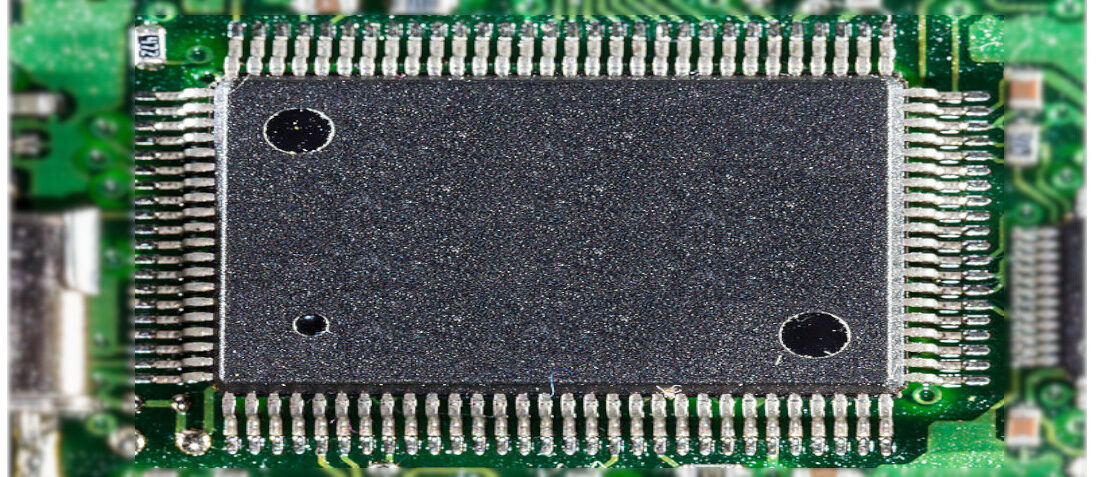
SAMV71Q21RT and UT32M0R500 Microcontrollers Comparison
- Posted by Manuel Sánchez Ruiz
- On June 25, 2019
- 0
In this article, it is posted a basic comparison between the SAMV71Q21RT, manufactured in Europe by Microchip Technology Nantes (formerly Atmel) and the UT32M0R500, manufactured in the USA by Cobham Microelectronic Solutions (formerly Aeroflex).
SAMV71Q21RT
The 32-bit ARM Cortex-M7 core-based microcontroller (MCU) SAMV71Q21RT, is the radiation tolerant version of the popular Microchip SAMV71Q2, providing the best combination of connectivity interfaces along with highest processing levels. The SAMV71Q21RT is designed for enhanced radiation performances, extreme temperature and high reliability in an aerospace application. Including an interesting bunch of integrated analog front end performances, in addition, it takes advantage of the powerful M7 core coupled with high-bandwidth communication interfaces such as CAN FD and Ethernet TSN.
UT32M0R500
The UT32M0R500 microcontroller utilizes the ARM® CortexTM-M0+ processor with a 32-bit RISC architecture operating at a 50 MHz frequency. The microcontroller includes a memory protection unit (MPU), embedded memories, with several peripherals including support for CAN 2.0B. The microcontroller includes several analog features such as an analog signal channel with a multiplexed input combined with a programmable gain amplifier and analog-to-digital converter, digital-to-analog converters, analog comparators, and precision current source. The UT32M0R50 incorporates power-saving modes to facilitate the design of low-power applications.
Comparatives between SAMV71Q21RT and UT32M0R500
Both microcontrollers can make use of a high amount of peripherals and may be used in a wide range of applications. The following tables will compare the different aspects and characteristics of the two components.
Architecture summary comparative:
SAMV71Q21RT
UT32M0R500
CORE
- Arm® Cortex-M7 running at up to 300 MHz, delivering 600 DMIPS
- 16 Kbytes of ICache and 16 Kbytes of DCache with Error Code Correction (ECC)
- Single- and double-precision HW Floating Point Unit (FPU)
- Memory Protection Unit (MPU) with 16 zones
- DSP Instructions, Thumb®-2 Instruction Set
- Embedded Trace Module (ETM) with instruction trace stream, including Trace Port Interface Unit (TPIU)
- Arm® Cortex® M0+
- Include nested vector interrupt controller (NVIC)
- 50 MHz
POWER MANAGEMENT
- Embedded voltage regulator for single-supply operation
- Power-on-Reset (POR), Brown-out Detector (BOD) and Dual Watchdog for safe operation
- Precision voltage reference
- On-chip regulators for supplying power
- Precision voltage reference
- Power-on-Reset (POR), monitors the VDD, VDDA and internally regulated core voltage (VDDC).
- Brown-out Detector (BOD)
CLOCK GENERATION
- Quartz or ceramic resonator oscillators: 3 to 20 MHz main oscillator with failure esonator oscillators: 3 to 20 MHz main oscillators with failure detection, 12 MHz or 16 MHz needed for USB operations. Optional low-power 32.768 kHz for RTC or device clock
- 32-bit low-power Real-time Timer (RTT)
- High-precision Main RC oscillator with 12 MHz default frequency for device start-up. In-application trimming access for frequency adjustment. 8/12 MHz are factory-trimmed.
- 32.768 kHz crystal oscillator or Slow RC oscillator as the source of Low-Power mode device clock (SLCK)
- One 500 MHz PLL for system clock
- One dual-port 24-channel central DMA Controller (XDMAC)
- 50 MHz internal clock factory-trimmed RC
- Support for external clock source and a crystal oscillator
DIGITAL and COMMUNICATION PERIPHERALS
- One Ethernet MAC (GMAC) 10/100 Mbps
- 12-bit ITU-R BT. Image Sensor Interface (ISI)
- Two master Controller Area Networks (MCAN)
- Three USARTs
- Five 2-wire UARTs
- Three Two-Wire Interfaces (TWIHS) (I2C-compatible)
- Quad I/O Serial Peripheral Interface (QSPI)
- Two Serial Peripheral Interfaces (SPI)
- One Serial Synchronous Controller (SSC)
- Two Inter-IC Sound Controllers (I2SC)
- One High-speed Multimedia Card Interface
- 2x CAN 2.0B Controllers
- 2x UART
- SPI
- 2x I2C
- JTAG
- 48x GPIO (21 dedicated)
- 8x Hardware Interrupts (shared with GPIO)
INTEGRATED ANALOG FRONT END
- Four Three-Channel 16-bit Timer/Counters (TC) with Capture, Waveform, Compare and PWM modes, constant on time. Quadrature decoder logic and 2-bit Gray Up/Down Counter for stepper motor
- Two 4-channel 16-bit PWMs
- Two Analog Front-End Controllers (AFEC)
- One 2-channel 12-bit 1 Msps-per-channel Digital-to-Analog Converter (DAC) with Differential and Over Sampling modes
- One Analog Comparator Controller (ACC) with flexible input selection, selectable input hysteresis
- Temperature Sensor
- 12-bit ADC 100 ksps with PGA, 16 Single Ended or 8 Differential Channels
- 1 mA Precision Current Source
- 2x 12-bit DACs
- 2x Analog Voltage Comparators
- Temperature Sensor
- 4x General purpose timers
- 3x PWM
- Watchdog Timer
- Real Time Clock
Other characteristics comparative:
SAMV71Q21RT
UT32M0R500
SUPPLY VOLTAGE
- Single Supply Voltage: 3.0V to 3.6V
- Dual Supply Voltage
- VDDIO: 3.0V to 3.6V
- VDDCORE: 1.2V to 1.32V
- Supports a single 3.3 V supply voltage (3.0 V to 3.6 V)
OPERATING TEMPERATURE RANGE
- CQFP144: [-55°,+125]ºC
- LQFP144: [-55°,+125]ºC
- [-55, +105] ºC
PACKAGES
- 144-lead CQFP,22×22 mm, pitch 0.5 mm
- 144-lead LQFP,20×20 mm, pitch 0.5 mm
- 143-Pin LGA, 14.5 x 14.5 mm, pitch 1 mm
- 143-Pin CGA, 14.5 x 14.5 mm, pitch 1 mm
- 143-Pin CBGA, 14.5 x 14.5 mm, pitch 1 mm (prototype only)
QUALITY LEVELS
- QML Q equivalent, QML V equivalent (not formally qualified),
- Hirel RT plastic (for NEW SPACE)
- QML Q+,QML Q (5962-17212), fully qualified
- Leanrel (ceramic) (for NEW SPACE)
EXPORT CLASSIFICATION
- 3A001.a.2.c (European)
- ECCN 9A515.e.2 (USA DoC)
TID
- 30 krad (Si)
- 50 krad (Si)
SEE
- SEL: 60 MeV.cm2/mg (at 125ºC)
- SEU full caracterization for all functional block
- Estimated SER: 1 event every 1400 days (Core measure on LEO)
- SEL: 80 MeV.cm2/mg
- SET/SEU: ≤ 2.8 x 10-12 error/bit-day
- Platinum Temperature Sensors Solderability Issues - May 27, 2022
- Importance of Alert and Obsolescence Management on Space Projects - February 25, 2022
- What is a PoL converter and when should I use it - November 16, 2021


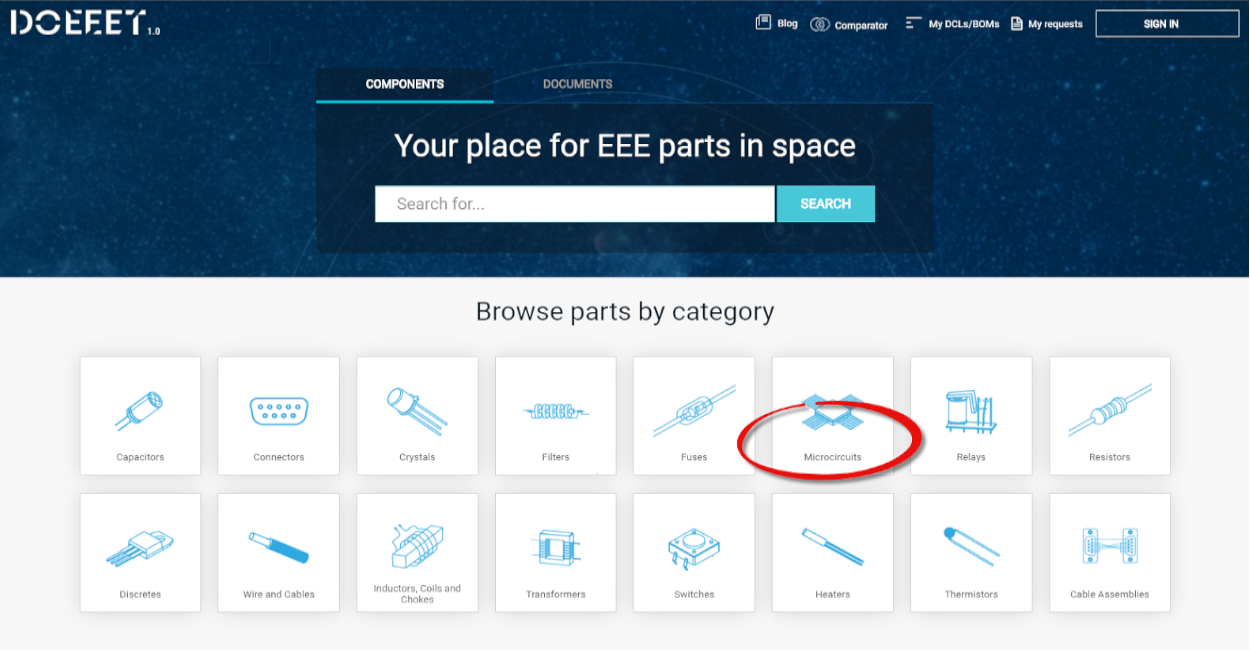
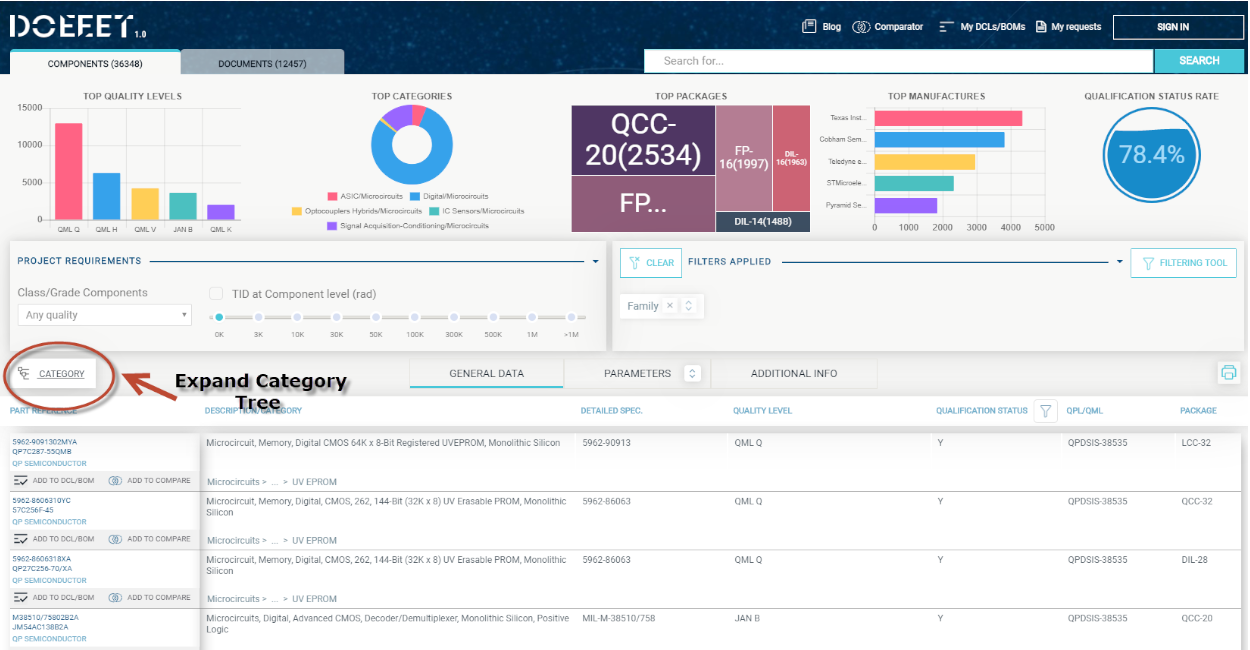
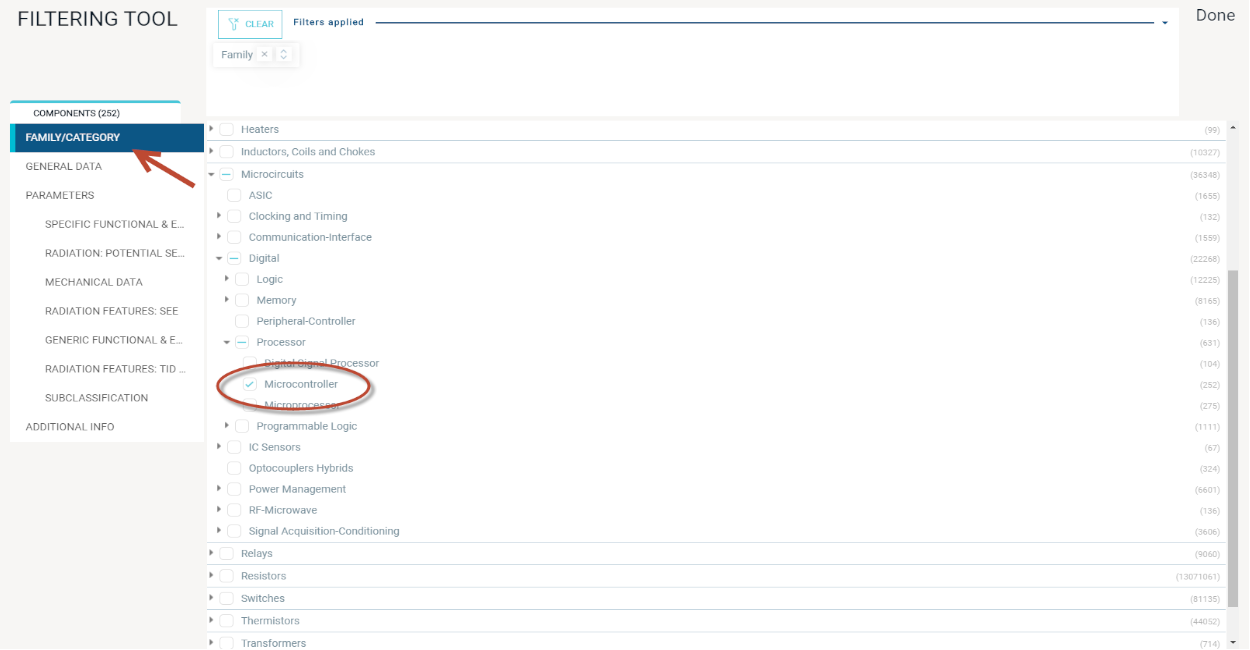
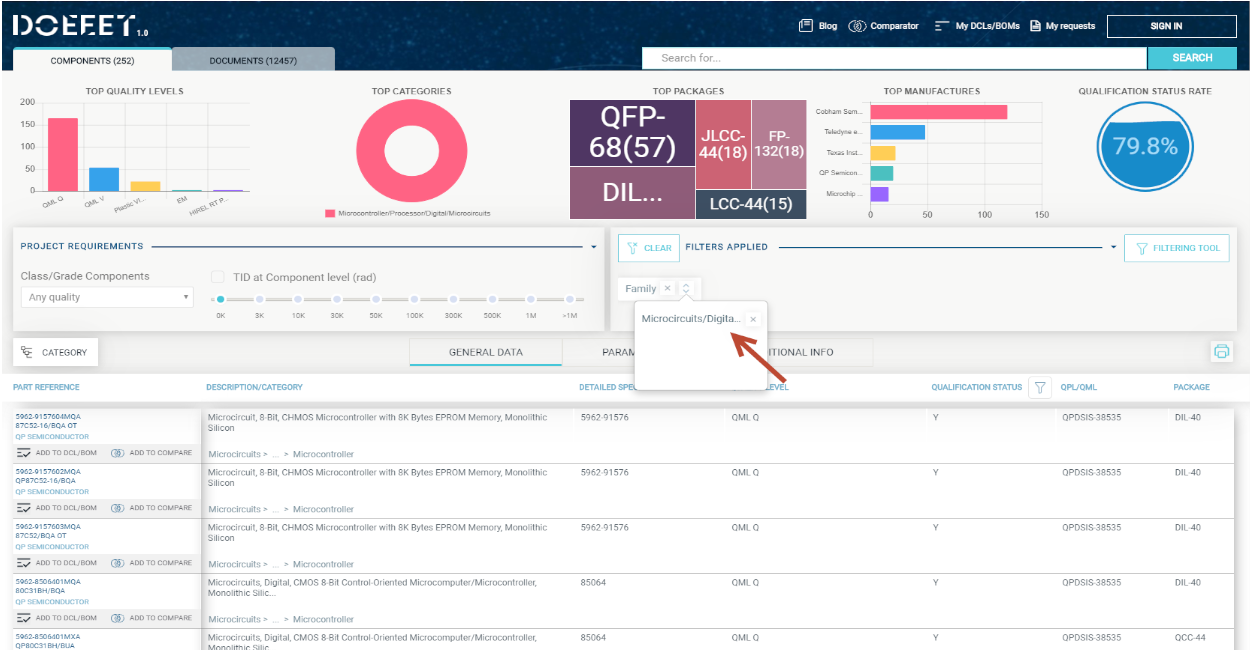


0 comments on SAMV71Q21RT and UT32M0R500 Microcontrollers Comparison